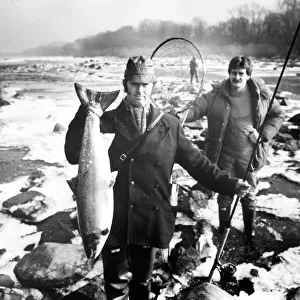10 Kronen note
![]()

Wall Art and Photo Gifts from Mary Evans Picture Library
10 Kronen note
Front of banknote of Austria-Hungary on 10 Kronen edited in Wien 2/1 1915. Date: 1915
Mary Evans Picture Library makes available wonderful images created for people to enjoy over the centuries
Media ID 7230631
© Mary Evans Picture Library 2015 - https://copyrighthub.org/s0/hub1/creation/maryevans/MaryEvansPictureID/10427155
Austrian Bank Note Currency Finance Hungarian Krone Kronen Money Note Notes
EDITORS COMMENTS
1. Title: "Austro-Hungarian 10 Kronen Banknote from 1915: A Glimpse into the Financial History of the Dual Monarchy" This image showcases the front side of an Austro-Hungarian 10 Kronen banknote, bearing the date of edition as "Wien 2/1 1915." The Austro-Hungarian Empire, also known as the Dual Monarchy, was a political entity that existed from 1867 to 1918, encompassing territories in Central Europe, including present-day Austria and Hungary. The banknote's design is a testament to the intricate history of the empire's monetary system. The obverse side features an impressive portrait of Emperor Franz Joseph I, who ruled the empire from 1848 until his death in 1916. The inscription above his image reads "K.u.k. Monarchie Österreich-Ungarns," which translates to "Crownlands of Austria-Hungary." The denomination, "10 Kronen," is displayed prominently below the emperor's portrait. The Austro-Hungarian currency, the Krone, was introduced in 1892 and replaced the previous system of various regional currencies. The banknotes were issued by the joint-stock company, Österreichische Notenbank, which was responsible for managing the empire's currency. This particular banknote was printed during World War I, a period of significant economic instability for the Dual Monarchy. The empire's resources were stretched thin as it fought on multiple fronts, leading to rampant inflation and the eventual collapse of the currency. The intricate details on this banknote, from the meticulous engraving of Emperor Franz Joseph I to the intricate patterns adorning the borders, serve as a reminder of the rich history and complex financial systems that once shaped the Austro-Hungarian Empire. This artifact offers a glimpse into a bygone era, providing a fascinating connection to the economic and historical narrative of Central Europe during the early 20th century.
MADE IN AUSTRALIA
Safe Shipping with 30 Day Money Back Guarantee
FREE PERSONALISATION*
We are proud to offer a range of customisation features including Personalised Captions, Color Filters and Picture Zoom Tools
SECURE PAYMENTS
We happily accept a wide range of payment options so you can pay for the things you need in the way that is most convenient for you
* Options may vary by product and licensing agreement. Zoomed Pictures can be adjusted in the Cart.




